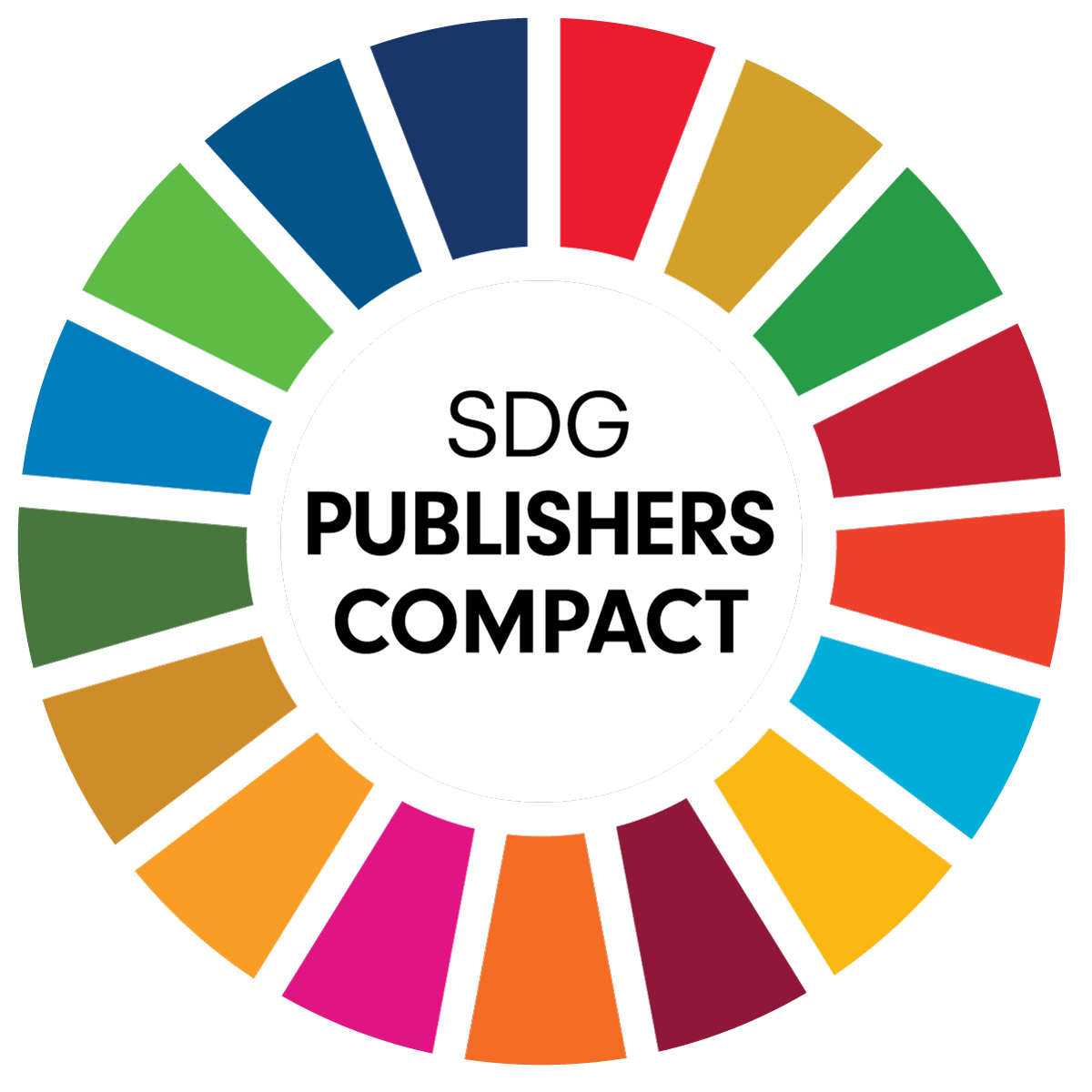Evaluating Green Fiscal Policy and Regional Trade: A Computable General Equilibrium Application to Morocco under African Continental Free Trade Area (AfCFTA)
-
Said AIT FARAJI Laboratory for Gender, Economics, Actuarial Science, Statistics, Demography, and Sustainable Development, National Institute of Statistics and Applied Economics, Rabat, Morocco
-
Nouzha ZAOUJAL Laboratory for Gender, Economics, Actuarial Science, Statistics, Demography, and Sustainable Development, National Institute of Statistics and Applied Economics, Rabat, Morocco
This article evaluates the combined effects of carbon taxation and regional trade liberalization in Morocco using a dynamic Computable General Equilibrium (CGE) model. Calibrated to a 2019 Social Accounting Matrix enriched with trade and emissions data, the model simulates progressive carbon pricing alongside tariff reductions under AfCFTA. The study compares alternative fiscal recycling schemes, including income tax cuts, wage cost reductions, and investment support, to assess their macroeconomic, social, and environmental outcomes. Results show that certain recycling designs can simultaneously promote trade competitiveness, ensure fiscal sustainability, and reduce CO₂ emissions. These findings offer insights for policymakers designing integrated green fiscal strategies in developing countries undergoing trade reforms.
Copyright© 2025 The Author(s). This article is distributed under the terms of the license CC-BY 4.0., which permits any further distribution in any medium, provided the original work is properly cited.
Article’s history: Received 2nd August, 2025; Received in revised form 29th of August, 2025; Accepted 15th of September, 2025; Available online: 30th of September, 2025. Published as article in the Volume XX, Fall, Issue 3(89), 2025.
Ait Faraji, S., & Zaoujal, N. (2025). Evaluating Green Fiscal Policy and Regional Trade: A Computable General Equilibrium Application to Morocco under African Continental Free Trade Area (AfCFTA). Journal of Applied Economic Sciences, Volume XX, Fall, 3(89), 501 - 519. https://doi.org/10.57017/jaes.v20.3(89).09
Acknowledgments/Funding: This research received no external funding. The authors have no acknowledgments to declare and report no conflict of interest.
Conflict of Interest Statement: The authors declare that they have no financial or personal conflicts of interest that could influence the results or interpretations presented in this article. No external funding sources were received for the conduct of this research.
Data Availability Statement: The data that support the findings of this study are available from the corresponding author upon reasonable request.
Ait Faraji, S., & Zaoujal, N. (2025). What is the optimal value of the carbon tax for Morocco? In C. El Mokhi, H. Hachimi, & A. Nayyar (Eds.), The Future of Urban Living: Smart Cities and Sustainable Infrastructure Technologies (pp. 362–369). Springer. https://doi.org/10.1007/978-3-031-98334-4_33
Akinyemi, O., Alege, P., Ajayi, O. O., & Okodua, H. (2017). Energy pricing policy and environmental quality in Nigeria: A dynamic computable general equilibrium approach. International Journal of Energy Economics and Policy, 7(1), 268–276. https://www.econjournals.com/index.php/ijeep/article/view/3479
Aldy, J. E., & Pizer, W. A. (2015). The competitiveness impacts of climate change mitigation policies. Journal of the Association of Environmental and Resource Economists, 2(4), 565–595. https://doi.org/10.1086/683305
Antweiler, W., Copeland, B. R., & Taylor, M. S. (2001). Is free trade good for the environment? American Economic Review, 91(4), 877–908. https://doi.org/10.1257/aer.91.4.877
Baumol, W. J., & Oates, W. E. (1988). The theory of environmental policy (2nd Edition). Cambridge University Press. https://doi.org/10.1017/CBO9781139173513
Ben Sassi, M. (2022). Carbon tax reform and household welfare in Tunisia: A CGE microsimulation analysis. Environmental Economics and Policy Studies, 24(3), 469–495. https://doi.org/10.1007/s10018-021-00327-3
Black, S., Parry, I. W. H., Mylonas, V., Vernon, N., & Zhunussova, K. (2023). The IMF–World Bank Climate Policy Assessment Tool (CPAT): A model to help countries mitigate climate change (IMF Working Paper No. 2023/128). International Monetary Fund. https://doi.org/10.5089/9798400242342.001
Bouët, A., Laborde D. D., Traore, F., Ait Faraji, S., Darouich, N., Hamdaoui, F., & Tounsi, S. (2021). L’intégration du Maroc à la Zone de Libre-Echange Continentale (ZLECAf): Scenarii d’impacts à l’horizon 2035 et politiques d’accompagnement. DEPF Brief 26. Rabat-Chellah, Morocco: DEPF. http://www.ab hatoo.net.ma/maalama-textuelle/developpement-economique-et-social/developpement-economique/commerce/libre-echange/l-integration-du-maroc-a-la-zone-de-libre-echange-continentale-zlecaf-scenarii-d-impacts-a-l-horizon-2035-et-politiques-d-accompagnement
Chitiga, M., Devarajan, S., & Mabugu, R. (2017). Carbon taxation and its economy-wide effects in South Africa. Energy Policy, 112, 272–281. https://doi.org/10.1016/j.enpol.2017.10.017
Cole, M. A. (2004). Trade, the pollution haven hypothesis and the environmental Kuznets curve: Examining the linkages. Ecological Economics, 48(1), 71–81. https://doi.org/10.1016/j.ecolecon.2003.09.007
Copeland, B. R., & Taylor, M. S. (2003). Trade and the Environment: Theory and Evidence. Princeton University Press.
Costantini, V., & Martini, C. (2010). The impact of trade on the environment in developing countries. Regional Science and Urban Economics, 40(6), 486–498. https://doi.org/10.1016/j.regsciurbeco.2010.07.001
Decaluwé, B., Lemelin, A., Robichaud, V., & Maisonnave, H. (2013). The PEP standard computable general equilibrium model: Single-country, recursive dynamic version (PEP-1-t), v2.1. Partnership for Economic Policy (PEP). https://www.pep-net.org/methods/macro-modeling/cge-models
Devarajan, S., Go, D. S., & Robinson, S. (2011). Fiscal policy and the environment in developing countries. World Bank Research Observer, 26(1), 103–120. https://doi.org/10.1093/wbro/lkq008
El Malki, T., & Haddou, H. (2018). Towards a green fiscal reform in Morocco: A macroeconomic assessment using CGE modelling. Revue Marocaine des Sciences Économiques, 13, 1–22.
Grossman, G. M., & Krueger, A. B. (1995). Economic growth and the environment. Quarterly Journal of Economics, 110(2), 353–377. https://doi.org/10.2307/2118443
Hamilton, K., & Withagen, C. (2007). Carbon leakage and environmental policy in a multi-region CGE framework. Regional Science and Urban Economics, 37(2), 137–151. https://doi.org/10.1016/j.regsciurbeco.2006.08.001
Helpman, E., & Krugman, P. R. (1985). Market Structure and Foreign Trade. MIT Press. ISBN: 978-0262580878
High Commission for Planning (2022). National Accounts. https://applications-web.hcp.ma/DCN2022/Accueil.html
Krugman, P. (1991). Geography and Trade. MIT Press. ISBN: 978- 0262610865
Meade, J. E., & Roe, T. L. (2005). Trade liberalisation and environmental taxation in multi-region CGE models. Regional Science and Urban Economics, 35(4), 513–534. https://doi.org/10.1016/j.regsciurbeco.2004.05.002
Nong, D., & Tiezzi, S. (2021). Carbon taxation, economic growth and inequality in developing economies: A CGE analysis. Regional Science and Urban Economics, 88, 103728. https://doi.org/10.1016/j.regsciurbeco.2021.103728
Porter, M. E., & van der Linde, C. (1995). Toward a new conception of the environment–competitiveness relationship. Journal of Economic Perspectives, 9(4), 97–118. https://doi.org/10.1257/jep.9.4.97
Raouf, R., Dahane, H., & Baouchari, N. E. (2021). Impact of AfCFTA implementation on the Moroccan economy: A CGE modelling assessment. 24th Annual Conference on Global Economic Analysis. Global Trade Analysis Project (GTAP).https://www.gtap.agecon.purdue.edu/resources/res_display .asp?RecordID=6221
Timilsina, G. R., Hochman, G., & Song, J. (2023). Distributional and macroeconomic impacts of carbon tax and revenue recycling: A multi-regional CGE analysis. Energy Economics, 121, 106669. https://doi.org/10.1016/j.eneco.2023.106669
Van der Ploeg, F., & Rezai, A. (2020). The double dividend of carbon pricing in open economies. Regional Science and Urban Economics, 81, 103503. https://doi.org/10.1016/j.regsciurbeco.2019.103503
World Trade Organization. (2020). World trade report 2020: Government policies to promote innovation in the digital age. https://www.wto.org/english/res_e/booksp_e/wtr20_e/wtr20-0_e.pdf
Zarrouk, H., Chemingui, M. A., & Mouelhi, R. (2019). CGE modelling for green growth policy in developing countries: Lessons from the MENA region. African Development Review, 31(S1), 38–51. https://doi.org/10.1111/1467-8268.12406
Zhao, X., Wu, R., & Wang, S. (2022). Carbon tax, revenue recycling, and inequality: A dynamic CGE analysis. Environmental and Resource Economics, 82(3), 581–610. https://doi.org/10.1007/s10640-021-00643-9




